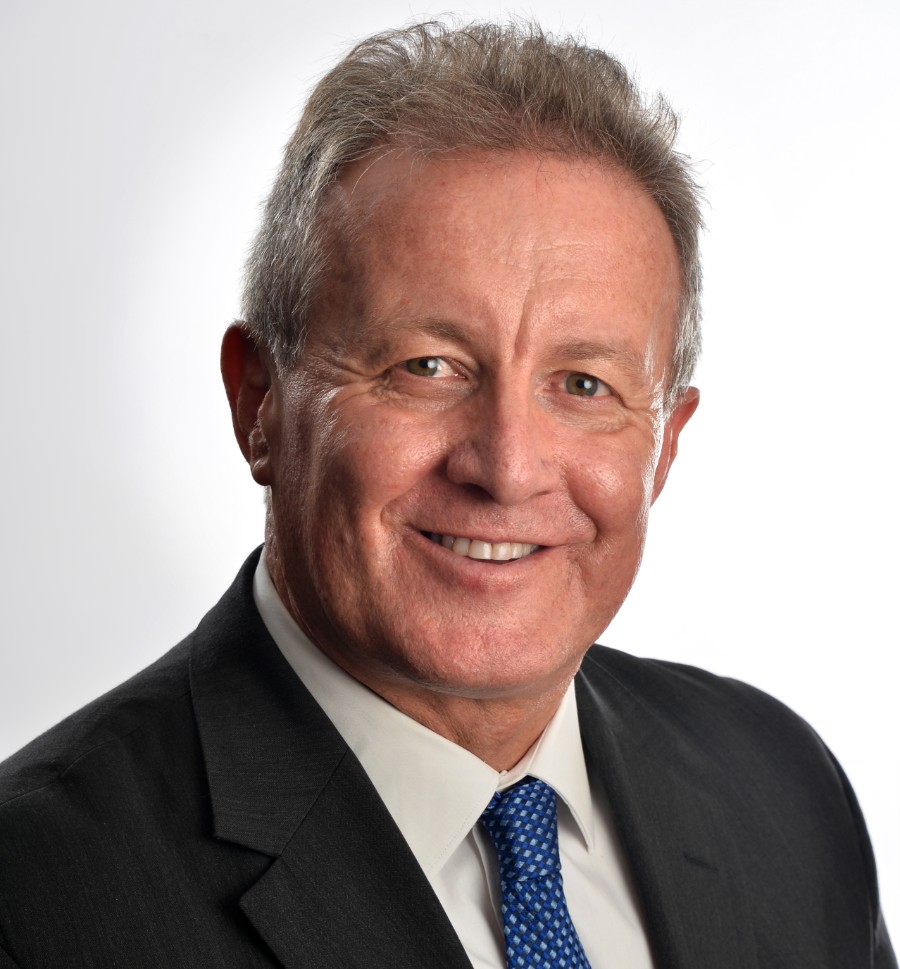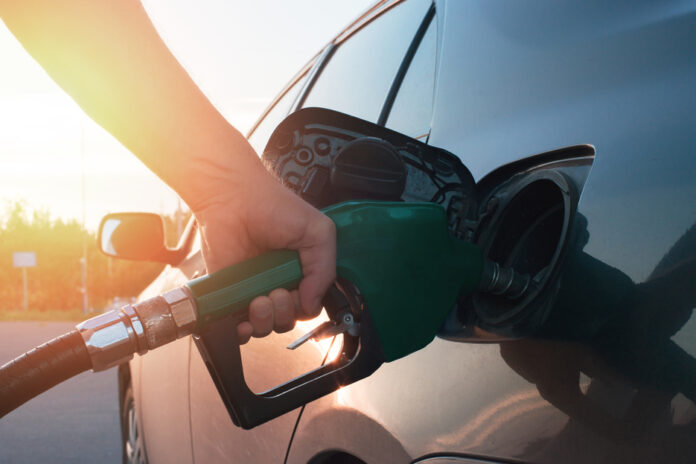Sunshine Coast drivers knew petrol prices were high last year – and new data has confirmed it.
Newly released figures in RACQ’s Annual Fuel Price Report revealed the Sunshine Coast’s average of 183.5cpl in 2022 surged past its previous all-time high of 147.6 cents per litre (cpl) in 2021 for regular unleaded petrol (RULP).
Noosa averaged 187.7cpl in 2022, which was up by 34.7 cents from its average of $153.0cpl in 2021. Gympie was cheaper, averaging 178.8cpl last year, up 35.2 cents from its average price of 143.6cpl in 2021 for RULP.
The average prices across 2022 were mostly on par with the rest of southeast Queensland, with Brisbane at 184.9cpl, the Gold Coast at 184.5cpl and Ipswich at 185.3cpl.
The report found prices on the Sunshine Coast were most expensive in June, with motorists paying 204.7cpl. Noosa had an average of 206.8cpl in the same month.
Mount Isa topped the state with an average fuel price of 222.1clp in June.
The report found yearly average retail unleaded and diesel price records were broken in every location throughout Queensland.

Australasian Convenience and Petroleum Marketers Association CEO Mark McKenzie said the region’s position in the state in terms of fuel prices was not surprising.
“The Sunshine Coast is a regional market, as opposed to a high-volume capital city market like Brisbane and a very low-volume rural market like Roma,” Mr McKenzie said.
“Consequently, I would expect that the region’s long-term average fuel price would be in the middle of the pack in terms of Queensland price rankings.”
ACAPMA is the national peak body for all fuel wholesalers and fuel retailers (such as service stations) and covers every local market in Australia, including the Sunshine Coast.
Mr McKenzie explained how the dramatic price rise in 2022 from 2021 was due to a national and international phenomenon associated with the demand spike caused by the Russia-Ukraine crisis.

“The problem was uncertainty about global supply given Russia is the world’s third largest producer – and largest oil exporter,” he said.
“The consequent risk to global supply perceived by the global oil markets in the first half of 2022 saw oil prices rise sharply and that price increase was reflected in pump fuel prices across Australia between February 2022 and July 2022.”
He said the record-breaking fuel prices were due to the sharp rise in oil prices and its consequent impact on fuel wholesale prices and retail fuel prices in Australia.
Mr McKenzie said Queensland prices were largely on a par with NSW and Victoria.

“During 2022, average prices in Queensland were the fifth highest of all Australian states and territories – lower than the ACT, NT, Tasmania and Victoria, but higher than NSW, SA and WA,” he said.
“Sunshine Coast prices were the same as much of regional NSW and Victoria during 2022, when compared with areas like the NSW Mid North Coast and the Gippsland and Bendigo regions in Victoria.”
RACQ’s principal economic and affordability specialist Dr Ian Jeffreys said as well as annual and daily records tumbling, 2022 will also be remembered for the government’s temporary halving of the fuel excise, which helped ease the burden of record global oil prices.
“We saw an increase in oil prices following the Russian invasion of Ukraine and subsequent international sanctions against Russia,” Dr Jeffreys said.
READ MORE: Where fuel prices are heading amid record jumps
“Without the excise cut, prices on the most expensive days in June would have been about 24cpl higher and the daily average in Brisbane may have spiked at about 246cpl for regular unleaded.
“Thankfully, global prices have eased since and while fuel markets are extremely volatile, the future is looking brighter.
“We expect oil prices and retail fuel prices to be slightly lower this year compared to 2022, so hopefully motorists will enjoy some relief at the bowser.”
Mr McKenzie echoed Dr Jeffrey’s predications, saying fuel prices and global economic health were closely linked.
SUBSCRIBE here now for our FREE news feed, direct to your inbox daily!
“When the global economy is growing fast, demand for oil and fuel products tends to be high and prices rise accordingly,” he said.
“When the global economy is stagnant or declining, demand for oil and fuel products tends to be lower and prices tend to fall.
“The near-term outlook for the global economy is relatively bleak for at least one third of the world’s global economies and this is having an impact on oil and fuel prices – despite the continuing influence of the Russia Ukraine conflict – with the global oil price falling 30 per cent since the middle of last year.
“Like always, however, that view is premised on there being no new global ‘surprises’ in the near future.”
READ MORE: Why diesel prices are hitting record highs
He said diesel prices continue to be higher than petrol in all Australian markets.
“The current national average is 212.5cpl, the Queensland regional average is 216.3cpl and the Brisbane average is 216.3cpl,” he said.
“These persistently high diesel prices are due to continued high demand for diesel in the global market – noting that Australia imports 80 per cent of its diesel supply.”
He revealed the good news of current oil prices bouncing around $US80 compared with $US120 six months ago.
“The outlook in 2023 is for oil prices to stay below $US100, which means that oil prices should not rise to the peaks of last year – barring any unforeseen globally significant event such as an escalation of war in Europe (or elsewhere),” he said.
For a detailed breakdown of every Queensland region see RACQ’s Annual Fuel Price Report.
Do you have an opinion to share? Submit a Letter to the Editor at Sunshine Coast News via: news@sunshinecoastnews.com.au. You must include your name and suburb.





